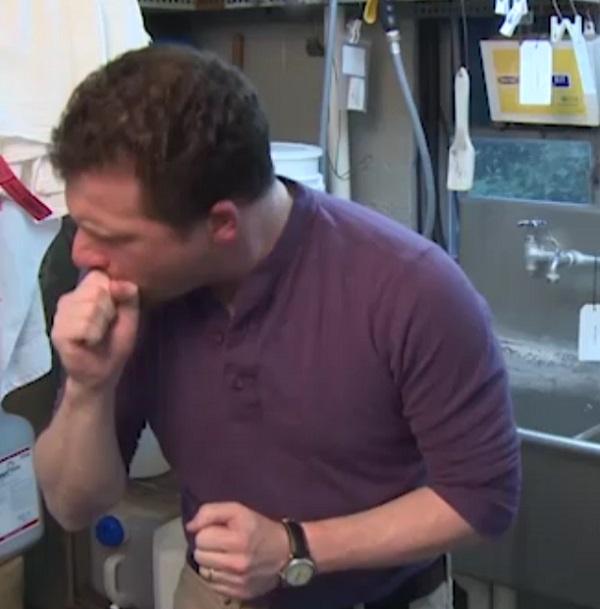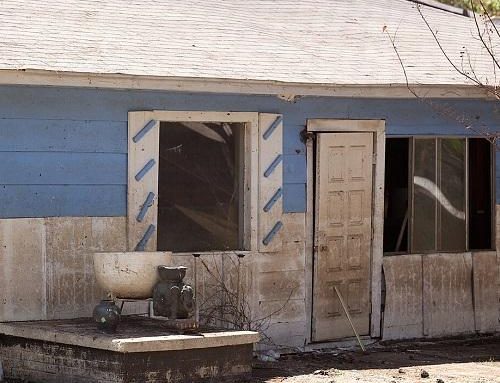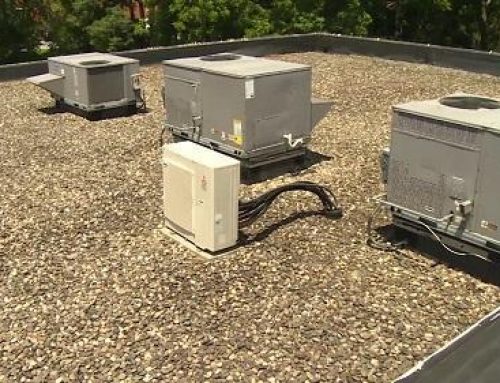This article is adapted from an online training course on maintaining indoor air quality. It will examine the three main factors that affect indoor air quality – HVAC systems, contamination sources, and occupant behavior – and provide actionable advice on improving air quality in your building. Breathing polluted indoor air poses serious health risks, so read on to learn how to identify issues and protect yourself and your coworkers.
The Hidden Dangers of Indoor Air Pollution and How to Protect Yourself
We take breathing for granted. But the air that fills our homes, offices, schools, and other buildings can be hazardous to our health. According to the Environmental Protection Agency (EPA), poor indoor air quality ranks among the top five threats to public health.
Most people spend up to 90% of their time indoors. But indoor air can contain higher levels of pollutants than outdoor air. Pollutants like dust, mold, and chemicals can irritate eyes, noses, and throats. Long-term exposure can cause serious respiratory diseases like asthma. Different people react differently, but repeated symptoms likely indicate an indoor air quality issue.
A set of symptoms directly linked to bad indoor air is called a building-related illness. These identifiable causes are not the only problems. Sometimes a condition called sick building syndrome occurs, when many occupants experience symptoms that disappear when they leave the building, even though no specific cause is found.
Improving indoor air requires addressing three main factors: the HVAC system, contaminant sources, and occupant behavior. Implementing changes in these areas can mean the difference between breathing dangerous pollutants and clean, healthy air.
The Role of HVAC Systems
A building’s heating, ventilation and air conditioning (HVAC) system controls air temperature, humidity, and circulation. These systems can be complicated, with components customized for different areas. Any issue with HVAC design or operation can significantly affect air quality.
For example, poor filtration allows contaminants to recirculate through the building. Regular inspection and maintenance of HVAC systems and replacement of air filters helps prevent problems. Unauthorized changes like adjusting thermostats can also throw off system balance and air delivery.
Portable air cleaners and humidifiers or dehumidifiers directly influence air around you. But they can conflict with the HVAC system if not approved. Devices require maintenance like filter changes and drip pan cleaning, or else air quality suffers.
You cannot control the whole building’s air. But reporting issues to your supervisor promptly allows quicker correction by maintenance staff or air quality professionals.
Sources of Indoor Air Contaminants
Indoor and outdoor contaminants must be controlled or eliminated. Common indoor pollutants include:
- Cleaning supplies and other chemicals release volatile organic compounds (VOCs) into air, which irritate eyes and airways. VOCs can also cause organ damage and cancer.
- New building materials and furniture off-gas VOCs during initial off-gassing. This is most severe in newly constructed or renovated buildings.
- Dust stirs up easily, bothering eyes, noses, and throats of allergic and non-allergic people alike. Dust also travels through ventilation systems.
- Hazardous asbestos fibers and lead dust require professional remediation under strict EPA and OSHA guidelines. Employers must disclose these risks.
- Standing water from leaks or poor drainage enables growth of bacteria and mold. Look for water stains or damage and report them immediately.
Outdoor contaminants like vehicle exhaust, chemicals, and natural allergens also get indoors via open windows or the HVAC system itself.
Reducing Contaminant Exposure
While you cannot control all sources, you can limit personal exposure. Follow guidelines for using and storing chemicals safely. Allow only authorized professionals to handle asbestos, lead, and mold remediation. Report signs of water damage quickly.
Also consider where you work and live. Seek units on higher floors above street pollution. Avoid new buildings until initial off-gassing subsides. Finally, suggest updated HVAC filters to your employer, landlord, or building manager.
The Role of Occupants
Occupant behaviors significantly impact indoor air quality. Bacteria and mold thrive on food and beverage leftovers. Store food properly, clean up spills immediately, and take out trash regularly. Tobacco smoke also harms air quality, so follow smoking policies.
Use ventilation when possible while working with chemicals, cleaners, or other irritating materials. Read product guidelines and follow safe practices. Reseal containers when not actively in use. Properly dispose of rags and materials contaminated with chemicals.
Notify your supervisor about any air quality issues or contaminant sources spotted in the building. While professionals investigate, avoid the area and provide relevant information to identify causes and solutions.
Breathe Easier with Healthy Indoor Air
Now that you know common indoor air pollutants and ways to address them, you can take action to enhance air quality where you live and work. Pay attention to your surroundings and how you feel. Be proactive in reducing contaminants. Promoting proper HVAC system maintenance, cleaning up spills immediately, and speaking up about issues helps ensure the air you and your neighbors breathe indoors is clean, safe, and healthy.
After reading this comprehensive overview on the hidden dangers of indoor air pollution, you’re no doubt more aware of the risks and the crucial role each of us plays in creating a healthier environment. Knowledge, however, is just the first step. The real power lies in actionable insights and systematic solutions. So, what’s next? How do you transform this newfound understanding into a healthier, more breathable workspace? Allow us to introduce you to a specialized resource that addresses these challenges head-on.
“Unlock The Secrets to a Healthier, More Productive Work Environment: Transform Your Indoor Air Quality Today!”
Imagine walking into your office building every day, not knowing that you’re stepping into an invisible battlefield. According to the Environmental Protection Agency, contaminated indoor air is among the top five threats to public health. Feeling tired? Can’t focus? Worse, facing long-term health risks? You’re not alone, and the air you breathe could be the culprit.
That’s where we come in. Our full-length interactive courses on Indoor Air Quality serve as the key to unlocking a healthier, happier, and more productive work life. Forget vague guidelines; we delve into the nuts and bolts of what’s floating in your air, why it’s harmful, and most importantly—how to fight back.
In our comprehensive courses, you’ll discover:
- The Symptoms of Poor Air Quality: Decode the warning signs your body is giving you.
- Heating, Ventilation, and Air Conditioning Systems: The silent contributors to air quality, demystified.
- Sources of Air Contamination: Identify the invisible enemies.
- What People in a Building Can Do: Empower yourself and your colleagues with actionable steps to clean up your air.
All of our courses are available in both English and Spanish, and they’re designed to provide the integral knowledge employees need to combat this invisible menace.
Don’t leave your health and well-being to chance. Take control of the air you breathe at work. Click Here to Access a Demo of Our Full-Length Interactive Courses on Indoor Air Quality.
We’re so confident in the transformative power of our training that if you don’t see a marked improvement in your work environment, we offer a full money-back guarantee.
Your health isn’t a luxury; it’s a necessity. Unlock the secrets to better indoor air quality today and breathe easier tomorrow. Get Started Now!
So, are you ready to revolutionize the air you breathe and elevate your work life?




